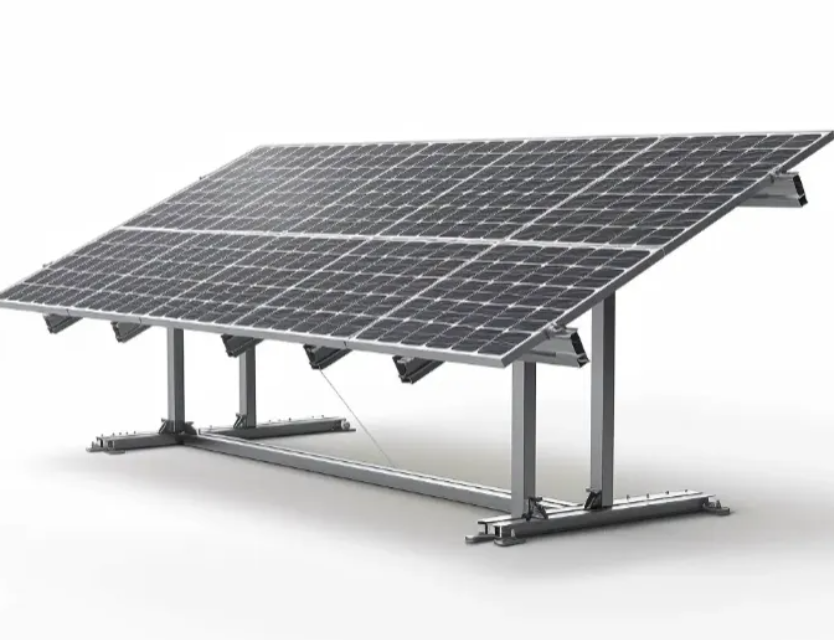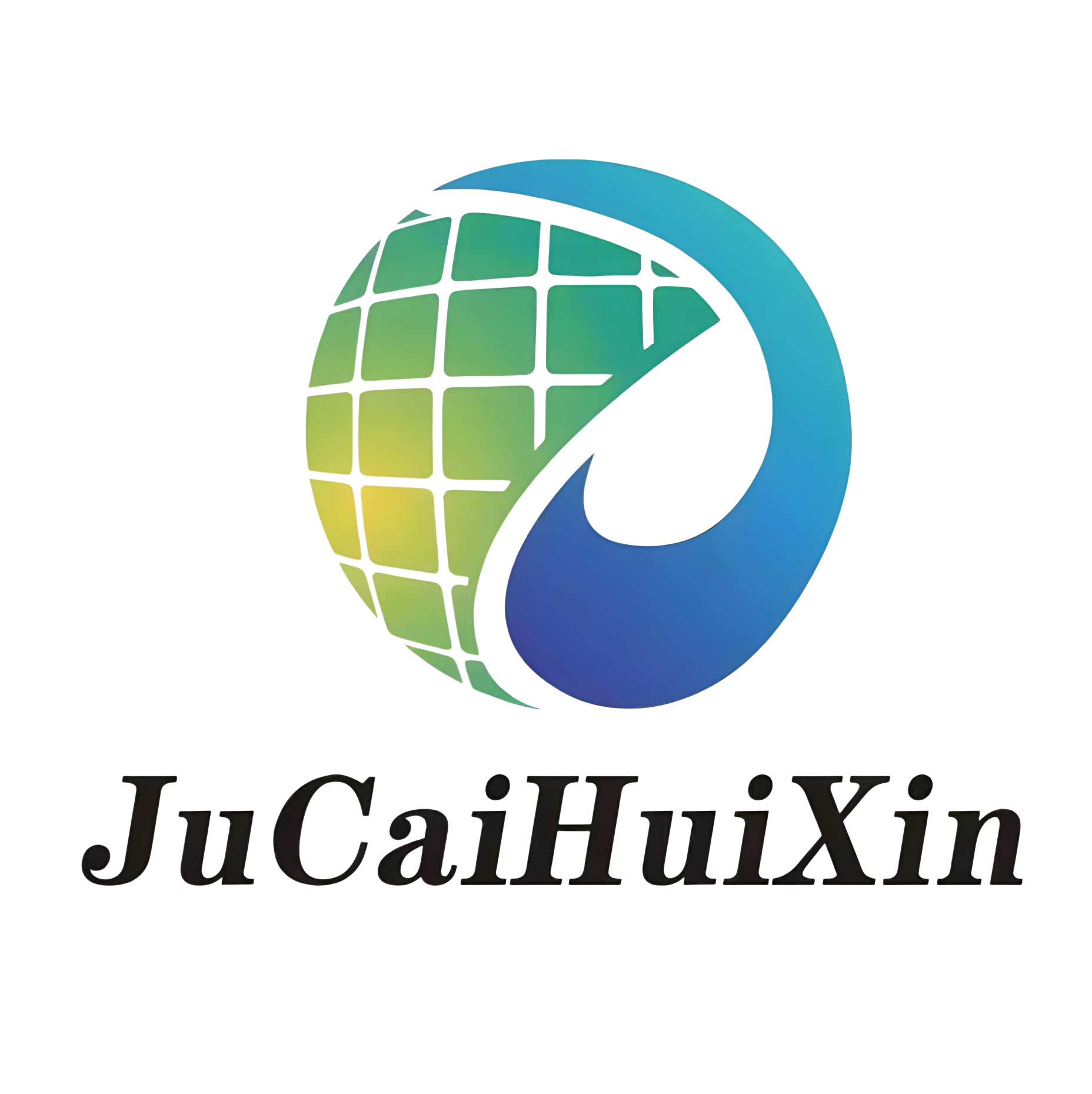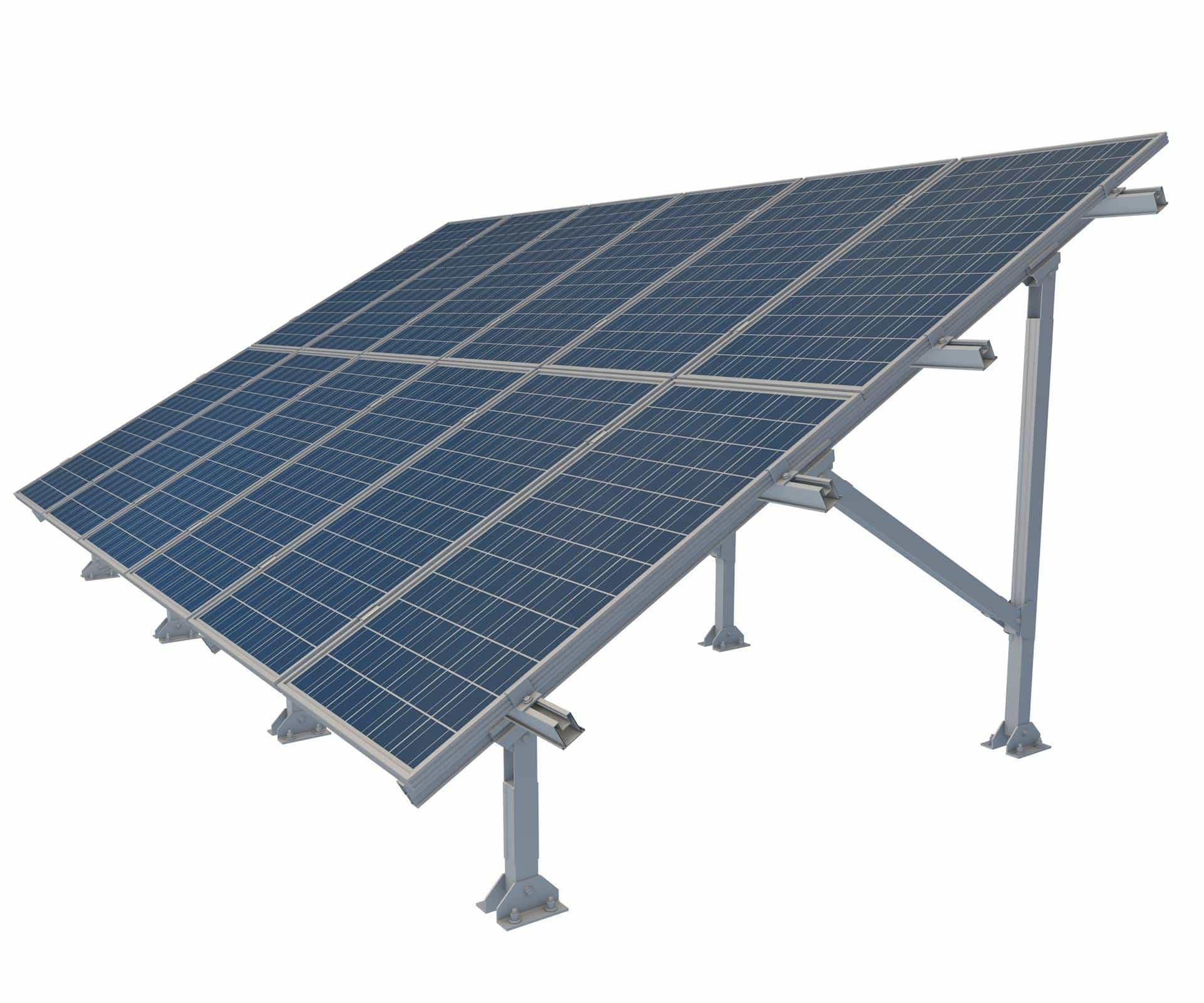Solar Tracking System Fundamentals
Core Components and Operational Principles
The core components of a solar tracking system are critical to its functionality, ensuring optimal alignment with the sun. These systems typically comprise actuators, sensors, and controllers. Actuators, which can be hydraulic, electric, or mechanical, facilitate the movement of solar panels to follow the sun's path. Sensors, like light-dependent resistors (LDRs) and UV sensors, detect sunlight intensity or direction. The controller serves as the system's "brain," processing data from sensors and utilizing it to adjust the panels' angle accordingly. This precise alignment maximizes sunlight exposure, increasing energy capture and efficiency.
An essential aspect of solar tracking systems is their operational principle. They adjust the angle of the solar panels throughout the day based on the sun's trajectory, allowing the panels to capture maximum sunlight. Accurate alignment is crucial because even slight deviations can significantly affect energy output. As the sun moves from east to west and changes altitude, the system dynamically repositions the panels, ensuring they are continually oriented perpendicularly to the sun's rays. This adaptability results in a more consistent and higher energy yield compared to static installations.
Sun Position Algorithms vs Sensor-Based Tracking
Solar tracking systems can utilize two primary methods to track the sun: sun position algorithms and sensor-based tracking. Sun position algorithms involve calculating the sun's position using geographic locations and time data to determine optimal panel orientation. Sensor-based tracking, on the other hand, uses real-time data from light sensors to make continuous adjustments based on solar intensity.
Each of these tracking methods has unique advantages. Algorithm-based systems offer a high level of accuracy and consistency, making them ideal for locations with predictable sunlight patterns. They can also be more cost-effective due to minimal reliance on complex sensor setups. Sensor-based systems excel in environments with variable cloud cover, where they can quickly react to changes in sunlight. According to a study published in Energies, algorithm-based systems have proven effective, increasing power output by up to 96% under fluctuating conditions.
Impact on Photovoltaic Conversion Efficiency
The implementation of solar tracking systems has a notable impact on photovoltaic conversion efficiency. By dynamically adjusting the angle of solar panels to follow the sun's arc, these systems can significantly enhance energy output compared to fixed installations. Studies have shown that single-axis trackers can boost energy production by 10-20%, while dual-axis systems can improve yields by 30-40% depending on site conditions.
An important factor contributing to these efficiency gains is the optimization of panel angles, which maximizes the photovoltaic effect and minimizes reflection losses. When solar panels are correctly aligned with sunlight, they absorb a greater portion of the solar spectrum, leading to higher electricity generation. According to a report in the Journal of Korean Institute of Illuminating and Electrical Installation Engineers, solar tracking systems also shorten payback periods by enhancing energy returns, providing a compelling argument for their adoption in both residential and commercial projects.
Types of Solar Tracking Mechanisms
Single-Axis Trackers: East-West Daily Optimization
Single-axis trackers are widely used in solar energy systems to enhance efficiency by pivoting along one axis, usually in a north-south alignment. This design allows solar panels to follow the sun's east-west movement daily, thereby optimizing solar exposure. The main advantage of single-axis trackers is the higher energy output they provide compared to fixed systems, making them a popular choice in utility-scale solar farms. These systems are typically installed on flat, sunny land with minimal shading. In regions with consistent sunlight, single-axis trackers can improve energy capture by 15 to 25 percent, depending on specific site conditions and climate characteristics.

Dual-Axis Systems: Seasonal Angle Adjustments
Dual-axis systems provide a comprehensive solution for solar tracking by adjusting both east-west and north-south angles. This capability allows them to maintain optimal alignment with the sun throughout the year, adapting to both daily and seasonal changes in the sun's position. Dual-axis trackers are particularly valuable in areas with diverse seasonal variations, where they can significantly enhance energy yields. Studies have shown that in certain geographic locations, these systems can boost annual energy output by up to 40%, surpassing the performance of single-axis trackers. By maintaining ideal sunlight exposure, dual-axis systems maximize the photovoltaic conversion efficiency, ensuring a consistent energy supply year-round.
Hybrid Tracking Solutions for Variable Climates
For those dealing with variable climates, hybrid tracking systems offer a versatile solution by combining features of both single and dual-axis trackers. These systems adapt to environmental conditions by intelligently switching between modes for optimal performance. Hybrid trackers utilize advanced technologies, such as integrated sensors and adaptive algorithms, to dynamically adjust the panel orientation based on real-time data. In regions with unpredictable weather patterns, hybrid systems have demonstrated improved adaptability and efficiency, outperforming traditional trackers. They ensure reliable energy production across various climatic conditions, showing particular promise in enhancing solar capturing efficiency by combining the strengths of both tracking types.
Energy Yield Optimization Strategies
Incident Angle Management for DC Current Maximization
Incident angle optimization is essential for maximizing direct current (DC) output from solar panels. By ensuring that the solar panels are positioned at an optimal angle relative to the sun, the amount of sunlight captured can be significantly increased. Techniques such as the use of Solar Tracking Systems, which adjust the panel's orientation throughout the day, are employed to manage this angle effectively. These systems not only enhance energy yield but also improve efficiency, as evidenced by numerous studies and case analyses. For example, projects using solar tracking have reported yield improvements of 30% to 45% compared to static systems.
Inverter Load Factor Improvements Through Consistent Output
Maintaining an optimal angle with solar tracking enhances the inverter load factor, contributing to more consistent energy output. Inverter load factor relates to the amount of power delivered to the grid in relation to the inverter's capacity. By optimizing the panel orientation, solar tracking systems ensure a steady flow of energy, which improves system efficiency and compatibility with the grid. Real-world implementations, such as those at large solar farms, have demonstrated increased system performance, with data showing inverter load factors consistently operating near their design thresholds.
Peak Shaving and Grid Integration Advantages
Peak shaving, a technique that reduces energy demand during peak hours, is facilitated by solar tracking systems, aiding solar power's integration into the grid. These systems ensure solar panels produce peak energy during high-demand periods, minimizing reliance on conventional power sources and subsequently decreasing energy costs for communities and utilities. Economic benefits are considerable, as reduced peak demand can lead to lower energy prices. Successful case studies of solar tracking systems have highlighted these advantages, showcasing effective energy balancing and cost reductions in grid operations.
By leveraging advanced technologies and strategies such as these, the productivity and efficiency of solar energy systems can be maximized, supporting broader adoption and integration into existing energy frameworks.
Economic Efficiency Analysis
LCOE Reduction Through Increased Annual Yield
Levelized Cost of Energy (LCOE) is a critical metric for evaluating the cost-effectiveness of solar tracking systems, representing the per-unit cost of electricity generated over the system's lifetime. Solar tracking systems help lower LCOE by enhancing energy yields through optimal sun exposure compared to fixed systems. This improved efficiency translates to more economically viable projects, enabling greater Return on Investment (ROI). For instance, data suggest that solar tracking systems can deliver up to 40% higher energy output, significantly reducing LCOE compared to fixed systems. As such, this technology offers a tangible advantage in making solar projects financially feasible.
Capacity Optimization: Smaller Arrays Matching Fixed System Output
Solar tracking systems provide capacity optimization capabilities, allowing for efficient energy generation even with smaller installations compared to larger fixed systems. This optimization reduces land usage, leading to substantial financial benefits from lower installation and maintenance costs. Smaller arrays can achieve similar output levels as larger fixed installations, thanks to their enhanced tracking abilities. Expert analyses indicate that capacity-optimized systems can offer up to 30% savings on deployment costs, making them cost-effective and sustainable solutions for solar energy projects. The financial advantages, coupled with decreased land requirements, make these systems highly attractive.
Typical Payback Period Reductions (2-4 Year Advantage)
Typically, solar projects incorporating tracking systems benefit from reduced payback periods compared to fixed installations, resulting in a 2-4 year advantage. These shorter payback times enhance the financial attractiveness of investments in solar technology, offering quicker ROI and diminished financial risk. Industry data and reports highlight that solar tracking deployments have achieved payback periods sooner than conventional setups, thanks to their enhanced efficiency and increased energy output. By leveraging tracking technologies, investors can make more strategic decisions, reducing exposure to financial uncertainties associated with longer return timelines of fixed systems.
Implementation Challenges
Site Preparation Costs vs Long-Term Savings
Implementing solar tracking systems requires an upfront investment, particularly in site preparation. These systems often incur higher initial costs compared to fixed installations due to the need for precise ground leveling and robust mechanical support. However, the long-term savings can be substantial. Over time, solar tracking systems enhance energy capture efficiency, leading to reduced operational costs. In many cases, the return on investment is driven by a 15% to 30% increase in energy yield compared to fixed systems. This increased yield not only offsets the initial preparation costs but also maximizes revenue throughout the system's lifespan.
Maintenance Requirements for Moving Components
Solar tracking systems involve moving components that necessitate regular maintenance, distinguishing them from fixed solar installations. The maintenance schedule typically includes periodic checks and lubrication of mechanical parts, which can incur additional costs. Despite these requirements, the efficiency gains significantly outweigh the maintenance expenses. According to industry insights, well-maintained tracking systems can achieve a lifespan of 20-25 years, with manufacturers often recommending bi-annual servicing to ensure operational efficiency. This extended longevity and increased energy production bolster the financial and sustainability benefits of solar tracking systems.
Wind Load Considerations and Storm Protection
The structural integrity of solar tracking systems is challenged by high wind loads, necessitating careful design considerations. These systems are often designed to withstand wind loads by using reinforced foundations and flexible support structures. To ensure operational stability during adverse weather conditions, storm protection strategies, such as automatic wind stow, are implemented. These protective measures allow structures to align perpendicular to the wind to minimize damage. Notably, there are several instances where advanced tracking systems have successfully withstood extreme weather events, demonstrating the effectiveness of these design strategies in maintaining durability and functionality.
Technological Advancements
AI-Powered Predictive Tracking Algorithms
The integration of AI into solar tracking systems has revolutionized performance by leveraging predictive algorithms. These algorithms enhance the efficiency of solar tracking by anticipating the sun's movement, thus maximizing energy capture throughout the day. With AI, solar trackers can adjust in real-time to varying weather conditions, ensuring optimal energy output. For instance, solar farms utilizing AI-powered systems have reported significant improvements in energy yields, further solidifying this approach's viability in renewable energy technologies. This advancement underscores the potential for AI to contribute to more sustainable and efficient solar energy production.
Backtracking Optimization for Multi-Row Installations
Backtracking methods in multi-row solar installations address common challenges like shading, thereby improving energy efficiency. By adjusting the tilt of solar panels strategically, these systems minimize shading impacts between rows, enhancing overall system performance without expanding land use. The benefits are clear: enhanced energy yields and better land-use efficiency. Installations implementing backtracking have demonstrated marked improvements, showcasing increased energy collection and reduced energy loss. Both in terms of land and energy optimization, backtracking proves to be a critical technology in modern solar farms.
Self-Powered Tracking Systems With Integrated PV
Recent innovations in solar technology include self-powered tracking systems that harness their movement energy through integrated photovoltaic (PV) technology. These systems incorporate small PV cells to power their adjustments, leading to reductions in operational costs and greater system autonomy. One standout example of this technology includes solar farms that have observed a boost in reliability and efficiency thanks to inherent PV setups. This advancement not only enhances the sustainability of solar tracking systems but also offers a glimmer of hope for technology that can pay for itself through energy savings over time.
FAQ
What are the core components of a solar tracking system?
The core components typically include actuators, sensors, and controllers. Actuators facilitate movement, sensors detect sunlight intensity or direction, and controllers process data to adjust panel angles.
How does a solar tracking system improve photovoltaic conversion efficiency?
They dynamically adjust solar panel angles to track the sun's movement, maximizing sunlight exposure and, subsequently, energy output compared to fixed systems.
What is the difference between single-axis and dual-axis solar trackers?
Single-axis trackers follow the sun's path along one axis (usually east-west), while dual-axis systems adjust in two directions (east-west and north-south) to optimize solar capture through both daily and seasonal changes.
How does AI optimize solar tracking systems?
AI uses predictive algorithms to anticipate the sun’s movement, adjusting trackers in real-time to maximize energy capture and improve overall system efficiency.
What are the economic benefits of solar tracking systems?
Solar tracking systems can lower the Levelized Cost of Energy (LCOE), enhance energy yield, reduce installation costs, and shorten payback periods, increasing financial viability.
Table of Contents
- Solar Tracking System Fundamentals
- Types of Solar Tracking Mechanisms
- Energy Yield Optimization Strategies
- Economic Efficiency Analysis
- Implementation Challenges
- Technological Advancements
-
FAQ
- What are the core components of a solar tracking system?
- How does a solar tracking system improve photovoltaic conversion efficiency?
- What is the difference between single-axis and dual-axis solar trackers?
- How does AI optimize solar tracking systems?
- What are the economic benefits of solar tracking systems?

